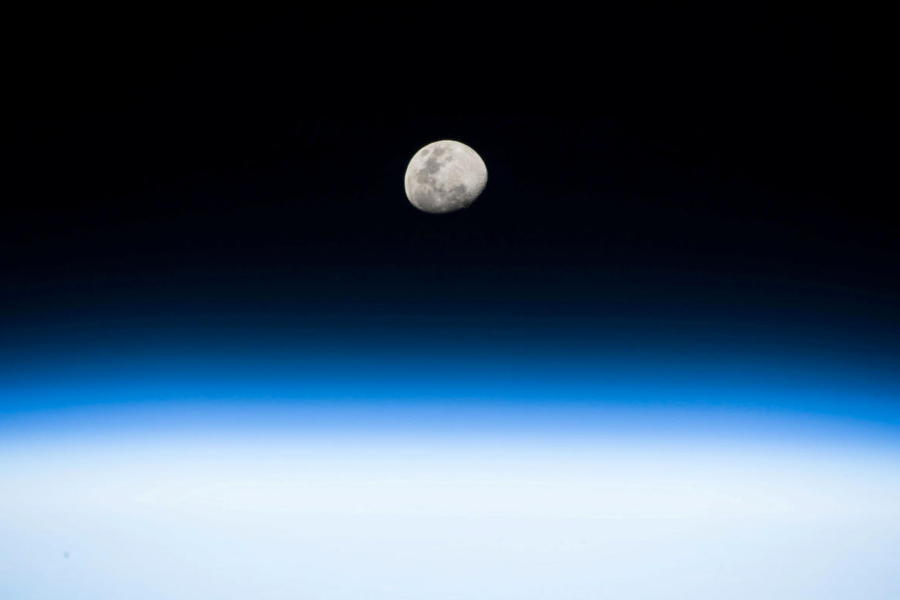Chemical data collected by India’s lunar rover near the moon’s south pole have bolstered evidence for the long-standing hypothesis that its surface was entirely covered by an ocean of molten rock early in its history.
The lunar soil’s chemical makeup analysed by the Pragyaan rover has pointed to an ancient lunar magma ocean (LMO), Indian scientists said on Wednesday in a study describing new scientific results from the 14-day Chandrayaan-3 mission last year. The measurements at 23 sites along the rover’s path as it steered itself across a 50mt distance from the lander’s position have revealed a relatively uniform — or near-identical — elemental composition of the soil.
The analysis also found similarities in the soil composition near the Chandrayaan-3 landing site and soil samples from the Apollo 16 and Luna 20 missions in 1972 that had returned with lunar soil and rock samples. “The idea that the moon was fully covered by a vast ocean of hot liquid rock many kilometres deep is decades old — it has been called the LMO hypothesis,” said Santosh Vadawale, an astronomer at the Physical Research Laboratory (PRL), Ahmedabad, a lab of the Indian Space Research Organisation.
Vadawale and his colleagues from PRL and collaborators at the UR Rao Space Centre, Bangalore, the Space Applications Centre, Ahmedabad, and the Hemwati Nandan Bahuguna University, Garhwal, have described their findings in the journal Nature on Wednesday.
The similarities in the soil samples at the never-before-explored site near the lunar south pole with those from the Apollo 16 and Luna 20 missions several thousand kilometres away indicate a shared geological history marked by the LMO, Vadawale told The Telegraph.
Scientists believe the moon is a chunk of Earth that tore away when a Mars-sized planetary body collided with Earth early during the formation of the solar system 4.6 billion years ago.
The LMO hypothesis proposed that as the moon’s primordial core accumulated material, heat led to the formation of a moon-wide magma ocean that existed for tens of millions of years before the rocks began to cool and solidify. “Although the LMO has been widely accepted, some scientists have proposed alternative explanations,” Vadawale said. “Our measurements are robust and strongly support the LMO hypothesis,” he said.
The Pragyaan measurements also revealed an unexpected excess of the element magnesium in the soil. Under the LMO hypothesis, minerals containing magnesium would sink to the lower depths of the magma ocean and should be in the moon’s deeper layers of rock. “The magnesium tells us that somehow deeper layers of the moon have been transported to the surface,” said PRL director Anil Bhardwaj.
The Chandrayaan-3 landing site is about 350km from the rim of the South Pole Aitken basin, the oldest and largest impact crater on the moon, nearly 2,500km diametre and 6km to 8km deep.
“When the impact crater formed, material from deeper layers containing the magnesium would have been thrown outwards which is what we’re likely detecting near the Chandrayaan-3 site,” Bhardwaj said. “The magnesium is thus telltale evidence for the moon’s violent history.”










